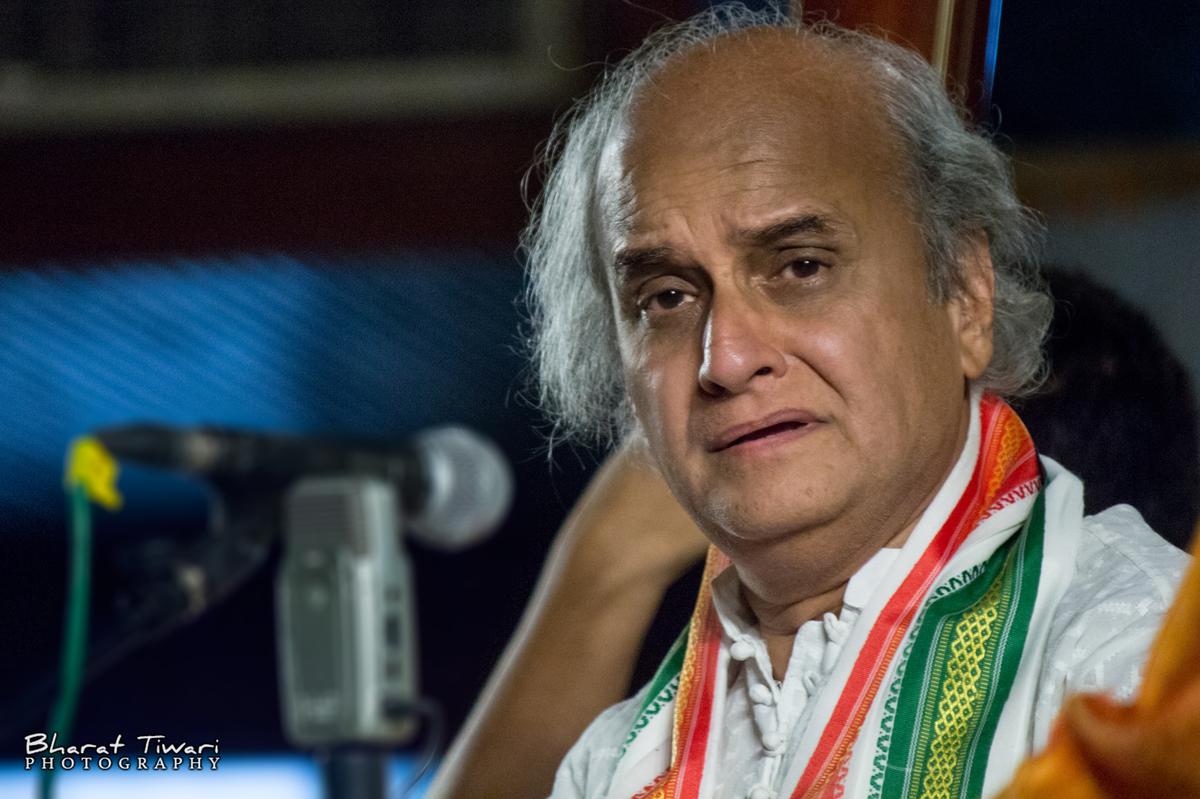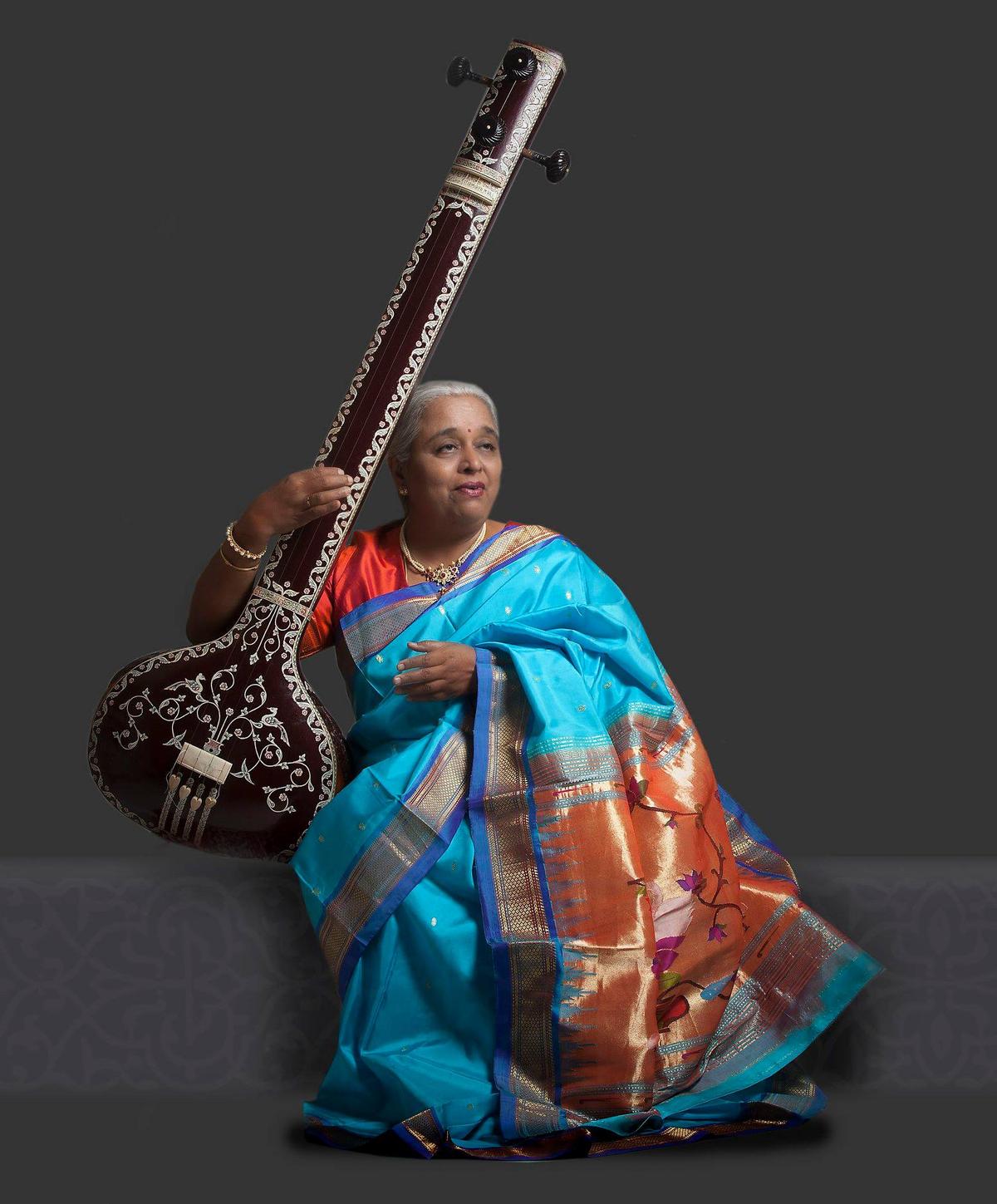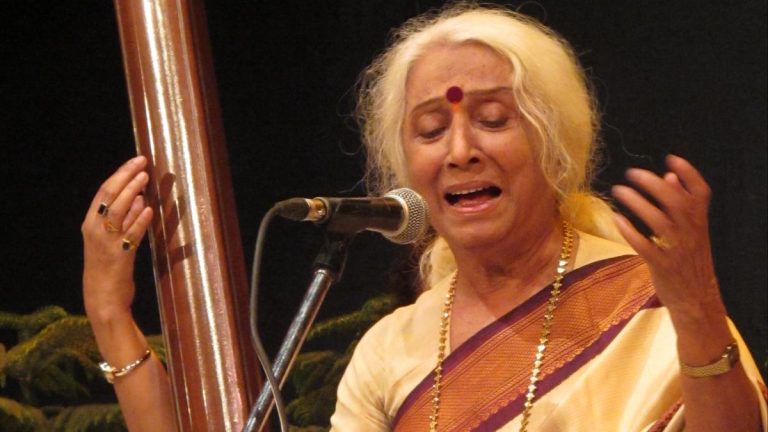Ustad Ali Akbar Khan once said that when you have to play Marwa, a raag of twilight, you have to imagine stones crying in distress, waiting for the night. With that imagery, it’s hard to think of playing Marwa in bright sunlight.
In the classical music tradition, predominantly in the North, it was spelt out when a raag should be rendered. The 24 hours of the day were 20 divided into segments of three hours, and based on what mood the raag was supposed to generate, it was decided when to play it. The morning raags included pre-dawn, dawn and early morning raags. This time theory was called Raga Prahar.
But today concerts are mainly held in the evenings or late evenings. So post-midday, and post-midnight raags are rarely heard.
In the Carnatic tradition, around a century ago, it was decided to break the existing convention and render any raga at any time, to prevent them from going extinct. Says senior Carnatic violinist Lalgudi Vijayalakshmi, “The decision to sing all ragas at any time of the day was taken when music moved to concert platforms. Sometimes we do sing morning ragas at morning concerts but, of course, they are also performed in the evening.”
In the North, this tradition still prevails, but musicians have tweaked the rules — a pre-dawn Lalit is rendered during a morning concert. Or a post-midnight Kauns is rendered after 9 p.m., as the last composition in a concert.
It is heartening to see musicians in both classical traditions re-examining existing traditions and norms of performance.
Eminent singer and scholar Prabha Atre was against following the time theory. In her view, since concerts were no longer linked with Nature and time, and being held indoors, it made sense to relax the rules. This came through at the day-long festival held in Pune in February. Organised by her disciples through the Dr Prabha Atre Foundation, it was titled Raag Prabha Sangeetotsav and had artistes singing raags originally not meant for the ‘time’ of their concert. The artistes included Pt. Hariprasad Chaurasia, disciple of the puritanical Annapurna Devi, Ulhas Kashalkar, again known to be a stickler for tradition, Padma Talwalkar, Alka Deo Marulkar, Vinayak Torvi, Ram Deshpande and Uday Bhawalkar. It was interesting to see each of the major gharanas represented — Gwalior, Kirana, and Jaipur Atrauli Agra.

Pt. Ulhas Kashalkar says singing a raag a few hours earlier or later than the prescribed time is okay
Ulhas Kashalkar says the rules of rendering are already being relaxed. For example, late-night raags Kanhras and Kauns are rendered earlier in the evening. “To sing a raag a few hours earlier or later than the prescribed time is okay, but attempting one with a 10 or 12-hour difference would be a challenge, and I am not happy attempting it,” he says.
Additionally, Ulhas points out, the time theory of rendering does not apply to ‘jor’ raags, something Prabha Atre had also used in her argument against this system. For example, is raag Lalita Gauri to be considered a morning one for its Lalit component or early evening for its Gauri aspect? Hindol Bahar and Lalit Pancham are other mixed origin raags. These rules are for performance only, he says, because the rules are anyway broken when learning, practicing or recording.
How connoisseurs will react to music being performed at the ‘wrong’ time will be interesting to observe. Of course, the uninitiated will have no preconceived notions.

Alka Deo Marulkar says she has sung raags at unprescribed times at recordings, but a performance is different
Singer and guru Alka Deo Marulkar wonders: “Will I be able to engage my evening listeners with an early morning raag? Will I be able to transcend the existing listening expectations? When I was approached to sing at the Raag Prabha Sangeetotsav, it got me thinking about the whole issue. The notes are the same but the mood is created by using each note differently, and in conjunction with the other notes. Of course, I have sung raags at unprescribed times during recordings, but a performance is different. Prabha Atre ji was never against breaking tradition for the sake of it. I respect her views, so I agreed to this experiment. I feel it’s an attempt to explore, not to break a system,” says Alka.
If this experiment becomes the norm, it will be interesting to see how artistes are able to rise above what they have been trained in. For instance, one is taught that the rising sun’s ‘rishabh’ of raag Bhairav has to be used differently than the setting sun’s ‘rishabh’, of raag Shri. When this reference point is removed, how will one convey the difference to a learner?
Published – April 02, 2025 06:31 pm IST

